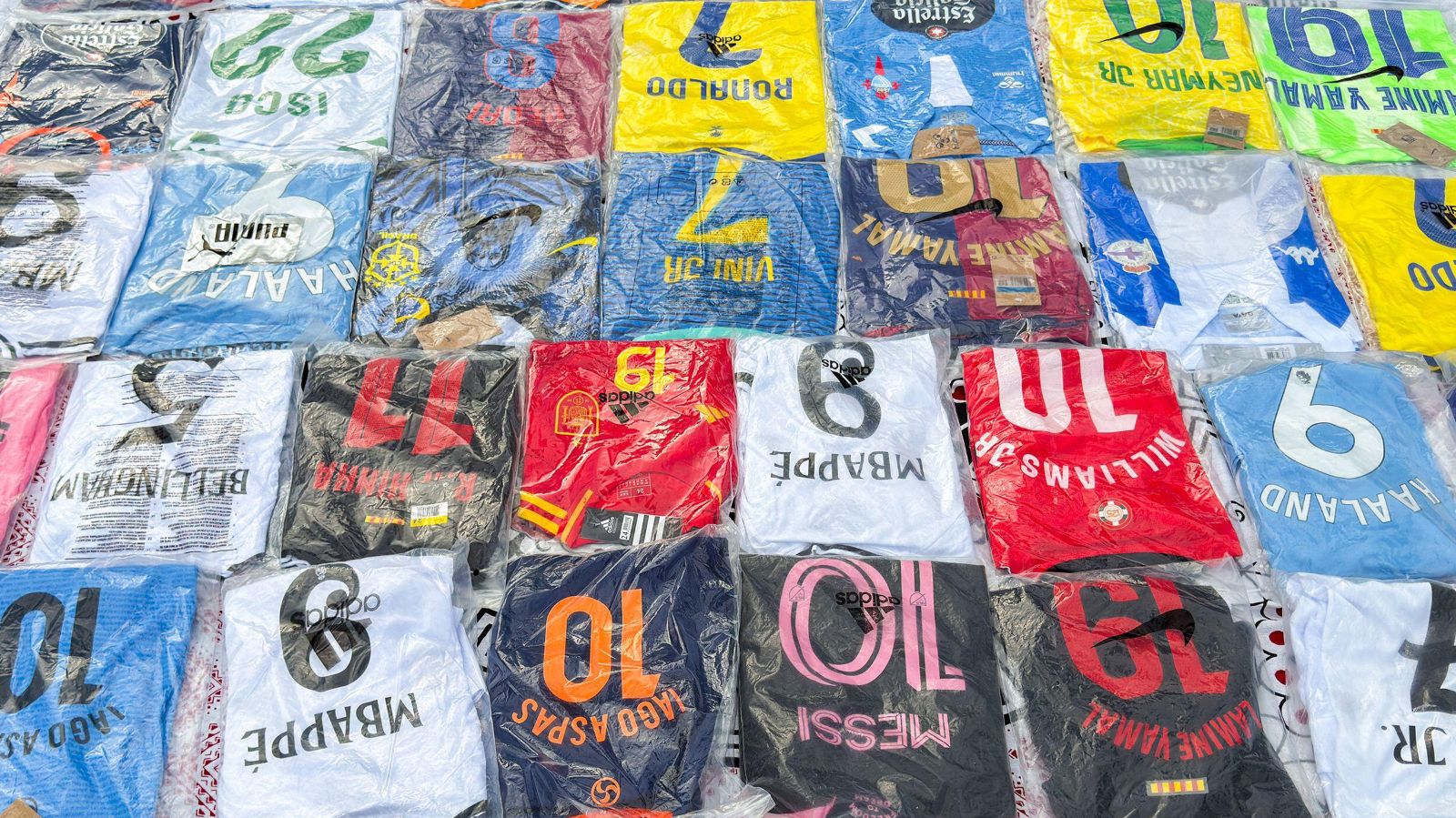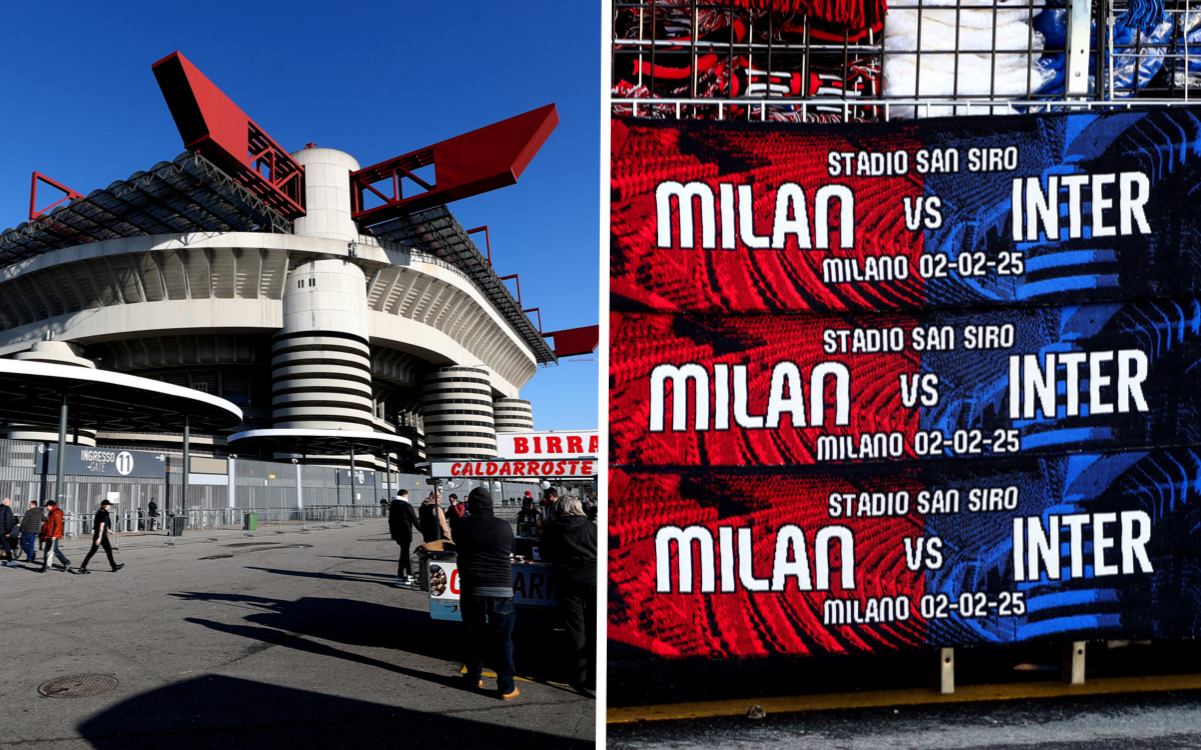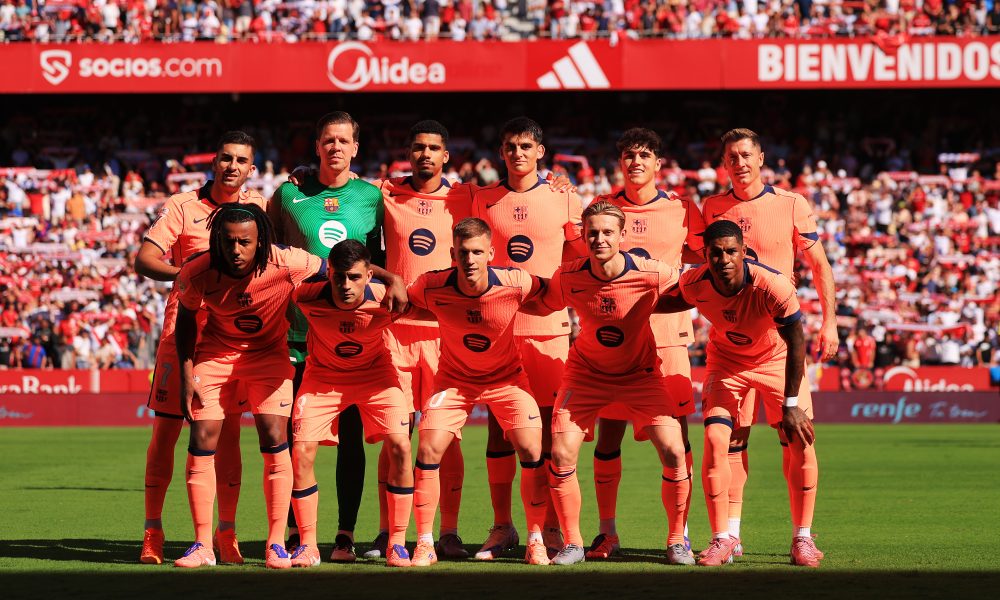Every season, football fans brace themselves for a tidal wave of new kits: the latest home shirt, a flashy away design, a retro throwbacka limited-edition drop that might barely last half a season; it’s a merchandising arms race with a growing environmental price tag.
But increasingly some fans and clubs are asking whether this constant churn of polyester is compatible with climate reality and whether second-hand culture might tip toward the mainstream.
The scale of the problem is sobering. In the UK alone, 100,000 tonnes of sportswear head to landfill every year – the equivalent of 951 football shirts per minute, or more than 500 million shirts annually, according to Green Football’s Great Save campaign. Retaining a jersey for just nine extra months – effectively a second season of use – can reduce its carbon, water and waste footprint by up to 30%. Those numbers underline just how quickly football kits are discarded and how much difference a modest extension of their lifespan could make.
One designer witnessing this waste first-hand is Christopher Raeburn, who helped create limited-edition ‘KIT:BAGs’ from vintage kits as part of the Great Save initiative. He told Green Football that each shirt “tells a story…but when the final whistle blows, too many of these shirts are thrown away and sent to landfill.”
His project was about turning nostalgia into function. “Our KIT:BAGs are functional, beautiful, and filled with the same pride they once carried on the pitch,” he said. With Wales international Ethan Ampadu donating his national team shirt to be remade, the campaign blended football emotion with urgent climate messaging.
Charities are also playing their part. Street Soccer’s Kitback programme collects unwanted football shirts, upcycles them and resells them to fund community projects that support people facing homelessness and mental health challenges. For Street Soccer, this is about more than eco-branding. It is about making sure shirts remain in play, bringing joy to new wearers while simultaneously reducing waste and funding social programmes.
Clubs themselves are starting to test the slow-fashion model. Athens Kallithea, in Greece’s second tier, announced that their 2024/25 kits will be reissued as a 2024-26 collection, effectively breaking the annual cycle and re-branding rather than recycling. Brentford have also bucked the trend in England, re-using their 2022/23 home kit for 2023/24 in a conscious attempt to save fans money and reduce environmental impact. It was a small act in the face of a booming global industry, but emblematic of the kind of shift that could spread.
On the manufacturing side, Puma have made notable progress. Through their RE:FIBRE initiative, the brand have produced more than one million recycled jerseys, each using at least 75% recycled polyester made from textile waste.
Forest Green Rovers – long regarded as world football’s most sustainable club – have gone even further, experimenting with bamboo-charcoal fabrics in their shirts to halve polyester use. Both initiatives show that material innovation is possible, even if scaling it to the global football economy is another matter.
The industry, however, remains heavily reliant on synthetic, petroleum-derived fabrics. Even recycled polyester is ultimately still plastic and does not solve the problem of fossil-fuel dependence or microplastic shedding. As Tess Howard, founder of sustainable sportswear non-profit Inclusive Sportswear, explained to Vogue Business, “the real challenge lies in addressing the culture of constant kit changes … the longevity and versatility of kits are prioritised over frequent style changes.” In other words, it isn’t just about making a better shirt – it’s about breaking football’s addiction to endlessly new ones.
Meanwhile, the second-hand and vintage market for football shirts continues to boom. The Guardian recently profiled the soaring demand for classic and match-worn shirts, noting that nostalgia and storytelling are now powerful drivers in their own right. Companies like MatchWornShirt authenticate and auction game-used kits, some selling for tens of thousands of pounds. This has given shirts a second life as collectors’ items rather than disposable fashion.
That shift dovetails with a growing fan-to-fan resale culture. Online platforms and market stalls now buzz with old shirts changing hands, often for a fraction of their original retail price. For some supporters, it is a way of trading in kit without paying £80 for the latest release; for others, it is about cherishing history, buying into the story of a club without fuelling constant new production.
All this suggests that slow-fashion methods are bubbling up from multiple directions: nostalgic collectors, eco-charities, clubs trying to reduce turnover and manufacturers experimenting with recycled textiles. But the wider culture of the game still pushes toward excess. Every sponsor wants their logo on a fresh template, every season brings a new kit reveal video and every limited-edition run is positioned as a must-have.
If fans are to kick the kit habit, it will take more than goodwill. Clubs may need to offer official trade-in or upcycling schemes; manufacturers must invest in recyclable fabrics with genuine end-of-life pathways; and supporters may have to make the conscious choice to buy pre-loved rather than brand-new. The challenge is not about stripping colour from the terraces, but about wearing those colours smarter and longer.
Football thrives in cycles – seasons, tournaments, transfers – but shirts need not. The beautiful game deserves better than landfill. The culture of slow fashion in football is no longer a fringe experiment. It could soon be the next fixture in the stands.
To learn more about Pledgeball and how you can pledge to help your club shoot up the sustainability standings, visit Pledgeball.org.



